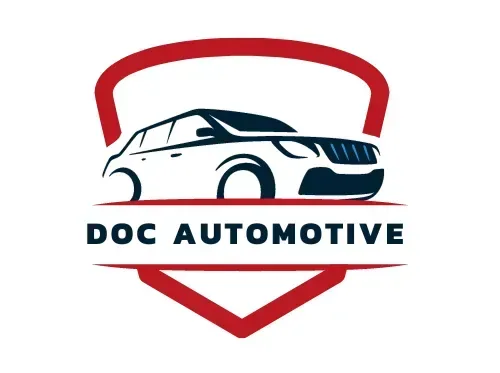Electrical System Diagnostic and Repair
Understanding Vehicle Emissions
Modern vehicles are equipped with intricate systems designed to minimize harmful pollutants released into the atmosphere.These systems work together to control and convert exhaust gases into less harmful substances.When a component malfunctions, your vehicle may fail an emissions test.


Common Causes of Emissions Failure
Faulty Oxygen Sensor: The oxygen sensor monitors the amount of oxygen in the exhaust. A malfunctioning sensor can lead to an incorrect air-fuel mixture, increasing emissions.
Damaged Catalytic Converter: The catalytic converter converts harmful pollutants into less harmful substances. If it's damaged or clogged, your vehicle will fail the emissions test.
Evaporative Emission Control System Issues: This system prevents fuel vapors from escaping into the atmosphere. A leak in the gas cap, fuel lines, or charcoal canister can cause emissions problems.
Worn Spark Plugs: Old or worn spark plugs can cause misfires, leading to increased hydrocarbon emissions.
EGR System Malfunction: The Exhaust Gas Recirculation (EGR) system helps reduce nitrogen oxide emissions. A clogged or malfunctioning EGR valve can cause emissions to exceed acceptable limits.
Vacuum Leaks: Vacuum leaks can disrupt the air-fuel mixture and cause various emissions problems.
PCV Valve Issues: The Positive Crankcase Ventilation (PCV) valve removes harmful gases from the crankcase. A clogged or faulty PCV valve can increase emissions.
Diagnosing Emissions Problems
Check Engine Light: The first sign of an emissions problem is often an illuminated check engine light. This indicates that the onboard diagnostic system (OBD-II) has detected a problem.
OBD-II Scanner: An OBD-II scanner can read the diagnostic trouble codes (DTCs) stored in the vehicle's computer, providing valuable information about the specific issue.
Visual Inspection: A visual inspection of the exhaust system, vacuum lines, and related components can reveal obvious problems like leaks or damage.
Emissions Test: An emissions test can pinpoint specific pollutants that exceed allowable limits, helping narrow down the diagnosis.

How Doc Automotive Can Help: Repairing Emissions Issues
- Diagnose the Problem: We use state-of-the-art diagnostic equipment to pinpoint the exact cause of your vehicle's emissions issue. This ensures we address the root of the problem, not just the symptoms.
- Replace Faulty Components: Depending on the diagnosis, repairs may involve replacing faulty components like:
- Oxygen sensors
- Catalytic converters
- Spark plugs
- EGR valves
- PCV valves
- Repair Leaks: We meticulously repair any leaks in the:
- Exhaust system
- Vacuum lines
- Evaporative emission control system
- Maintenance: Regular maintenance is key to preventing emissions problems. We offer services such as:
- Oil changes
- Air filter replacements
- Fuel system cleaning
- Expert Advice: Our experienced technicians can provide advice on how to keep your vehicle running clean and efficiently, minimizing your environmental impact and helping you avoid costly repairs in the future.






